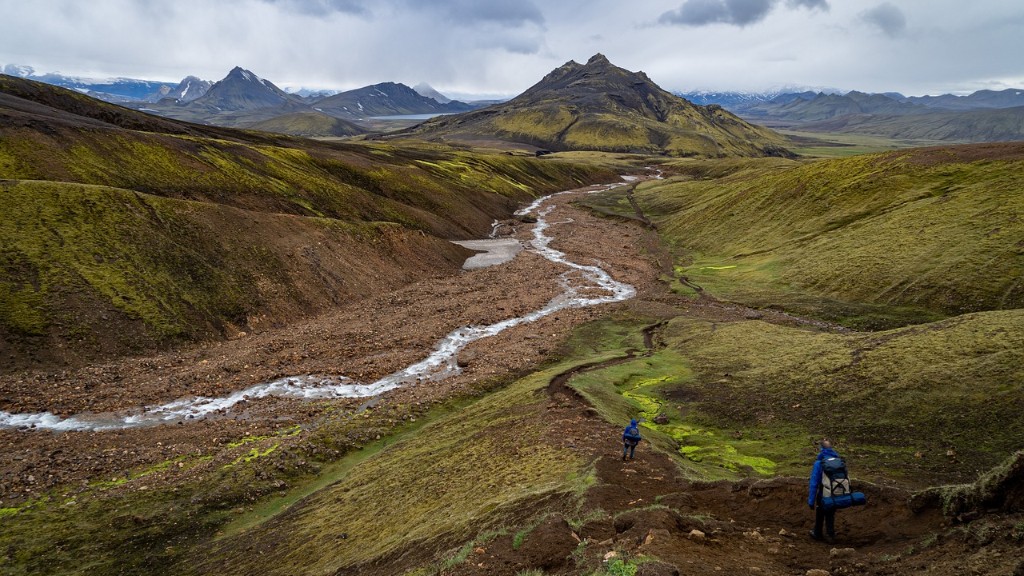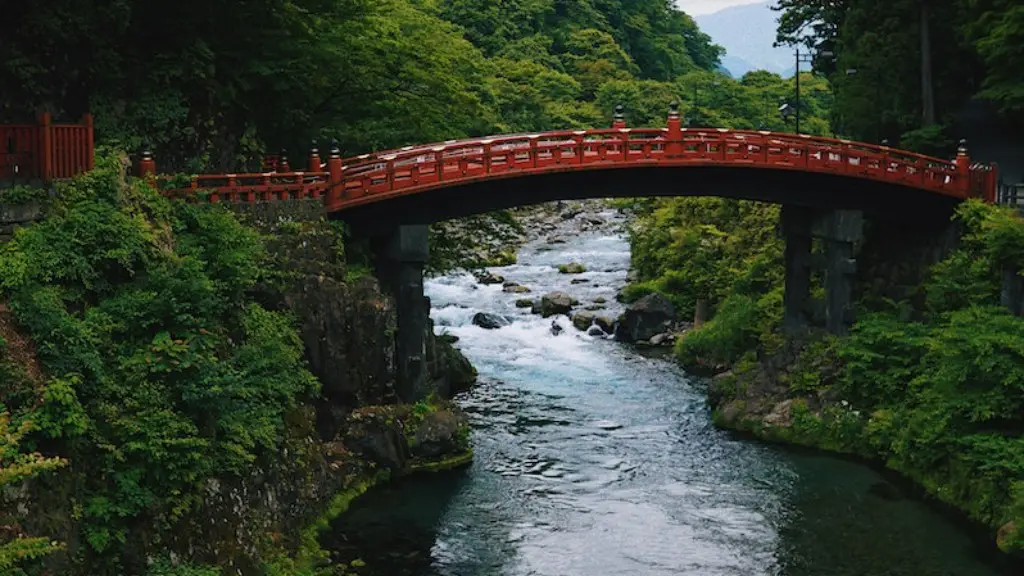Dams on the Yangtze River are numerous. They are an integral part of China’s immense water projects, which provide infrastructure, electricity and improved irrigation channels. The dams are also seen as a way to control the flooding of the slow-flowing river. Nearly all of the dams on the Yangtze River have been built within the last five decades. Today, there are more than three thousand dams on the Yangtze River, with more than a thousand of them being large-scale.
As said before, the three thousand dams on the Yangtze River were built for capitalistic infrastructure purposes, where people want to build for industrialization and for electricity. This meant that China was in dire need of building more dams to meet their goals of industrialization despite the environmental impact.
Most recently, China built the Three Gorges Dam, which is the world’s largest hydroelectric power station. The building of this dam did not come without significant controversy and protests from environmental activists who warned of its environmental and cultural impacts, such as potential landslides caused by the extra water weight and erosion, and resettlement of over a million people.
In addition to power supply and infrastructure, the dams on the Yangtze River also have other beneficial effects. For example, they prevent flooding, helping to protect people, their homes and properties and stop soil erosion. This can also help to improve the quality of the water, by stopping sediment and pollutants from entering the river, making the river a safer water source.
However, many experts argue that there are negative consequences to the building of dams. In particular, the displacement of local communities. For example, when the Three Gorges Dam was built, over a million people had to be relocated due to the plan to flood large areas of the river. There are also concerns about the impact on the fish species in the river, who can’t migrate upstream or downstream. As a result, several species have become endangered.
Experts have also noted that the abundance of dams on the river can cause water shortages downstream, limiting the water supply and potentially exacerbating droughts. Additionally, as dams block the flow of the river, the silt that is normally flushed out can start to accumulate, leading to sedimentation in certain areas. This can eventually start to block the upstream flow of water, leading to stagnated areas and reduced water levels, which can, in turn, reduce the amount of water available in the region.
In conclusion, despite all the benefits of the dams on the Yangtze River, there is no denying that there can be very real negative impacts. As more dams are built and China’s water projects continue, it will be important to ensure that damage to local communities and the environment is kept to a minimum.
The Social Impact of Building Dams on the Yangtze River
The rivers of China, especially those that cross through several provinces, have a long history of being the backbone of China and fundamental of the cultures and religions of the people who live along them. The Yangtze River is no different. But in recent years, China has had to face the effect of their ambitious water projects on the local communities. As dozens of dams have been constructed on the river, they have drastically changed the natural riverbed. Not only have they physically changed the land, but they have also had a significant social and cultural impact on the communities who relied on the river for resources and used it as the basis for their lifestyles.
For the people who live by the river, the dams create significant disruption. Building the dams means that the river has to be rerouted, so many communities have had to be relocated. This often means uprooting people from their communities and forcing them to rebuild their lives elsewhere, sometimes in areas that are not even near the river. The sudden disruption of people’s lives can often lead to hardship, as they struggle to rebuild their lives in unfamiliar areas. The people who have had to move have often been those with the least resources, such as the rural or minority communities, or those who are most vulnerable, such as the elderly or disabled.
This relocation is not just a physical displacement, but there is also a emotional cost to it. Many of these people have grown up by the river and have a deep emotional connection to it. Many of the local cultures and customs revolve around the river and its use, so the incredibly rapid changes to the river can leave people feeling helpless and disconnected from their home and past.
In addition to this forced displacement, the dams can also put businesses that rely on the river in jeopardy, as access to the river for transportation and fishing is limited. For people who rely on these industries for their livelihood, it can mean immense economic hardship, as these industries are no longer viable for them. The restrictions on fishing can also cause a more roundabout environmental impact, as endangered species can become more vulnerable due to overfishing of other species.
Given the potentially devastating effects on the communities along the Yangtze River, it is important to ensure that these negative effects are minimized as much as possible. There have been calls for China to use more environmentally sound methods in the construction of dams, and to ensure that the local people are consulted before displacement. It is also important to create more policies to protect the lives and livelihoods of people who are affected by the building of dams.
Future of Building Dams on the Yangtze River
The number of dams on the Yangtze River has continued to grow since the 1950s. There have been several major projects undertaken in recent years, such as the Three Gorges Dam, and there are plans for more dams in the future. Therefore, it is important to discuss the future of the dams on the river and their potential impact.
One of the most pressing issues is the need for better regulation of the dams. Currently, there is no overarching regulatory body to ensure that all the dams are kept to a certain standard. This lack of regulation means that there is no guarantee that the local communities affected by the dams will be adequately consulted or given proper compensation for any displacement that has to occur. There have been several instances of environmental damage caused by poorly designed dams, so better oversight is needed to ensure that these incidents are not repeated.
Another important issue is the need for increased transparency. The building of dams has often been shrouded in secrecy, and this has led to a lack of information or access to facts and figures surrounding the building of the dams. Lack of transparency has allowed companies to get away with building shoddily designed dams that can lead to environmental and social damage.
There is also the issue of increasing water scarcity in certain areas, and the need for better water management. Dams can help to regulate the water flow and reduce the threat of flooding, but they can also reduce the amount of water available in certain areas. This is an issue that China needs to address, as water shortages have become increasingly common in the country.
The building of dams on the Yangtze River is likely to continue. However, with this must come greater regulation, transparency, and better water management, to mitigate the potential negative impacts on the local communities and environment while still allowing for the development of infrastructure and industry.
Environmental Impact of Building Dams on the Yangtze River
The building of any dam on a river has a significant environmental impact, and dams on the Yangtze River are no exception. One of the most significant issues is the fact that large dams can impede the natural migration of fish, leading to the endangerment of certain species. This can have a devastating impact on the local environment, both for the fish populations and for the aquatic ecosystems that rely on those fish.
Dams can also disrupt the flow of sediment, leading to decreased nutrients in certain areas. The damming of the Yangtze River has also caused significant erosion, as the water is backed up behind the dams and wears away at the riverbank. This can lead to less stable riverbanks, which can put the surrounding infrastructure at risk.
The dams also create vast reservoirs, which can lead to a number of environmental problems. These reservoirs can provide breeding grounds for disease-carrying mosquitos, and they are also associated with cases of mercury contamination. Additionally, the increased pressure on the reservoirs can lead to landslides downstream, as the added weight of so much water causes the banks to become less stable.
The environment around the river has also been affected by the sudden drop in water level due to the dams. This has led to a decrease in the amount of water available for irrigation, leaving certain areas dry for extended periods of time. This has led to desertification in certain parts of China.
Therefore, the building of dams on the Yangtze River has had a significant impact on the environment. With that in mind, it is important to ensure that the dams are built in the correct manner and that their environmental impact is kept to a minimum.
Measuring The Impact Of Dams on the Yangtze River
To truly know the extent of the dams’ impact on the Yangtze River and its surroundings, it is important to measure and evaluate the impact of these dams. There are many ways to do this, but it is essential to consider both the positive and negative impacts of the dams to truly understand the effect.
One way of measuring the impact is by looking at the economic impact. This includes the effects on the local communities, businesses and the country as a whole. It is important to measure the cost of the project, the amount of energy it produces, and the number of jobs created by it. Political and environmental costs must also be taken into account.
Another way of measuring the impact is by looking at the social impact. This includes measuring the displacement of people and how it has affected their lives and the local communities, as well as the environmental impact on nearby ecosystems.
There is often a disconnect between the information gathered by authorities and the actual impact felt by the communities affected by the dams. To get an accurate measurement of their impact, it is important to ensure that local perspectives are taken into account and that they are given the chance to express their views. This will help to ensure that the effects of the dams are felt in a balanced way.
In addition to this, it is also important to do research into the potential risks associated with the dams, such as landslides or other types of disasters. This will help to ensure that the right steps are taken to protect against potential dangers.
Overall, while there are many potential benefits to the dams on the Yangtze River, there can also be a range of negative impacts. To understand this fully, it is important to measure and assess both the positive and negative effects of these massive engineering projects.





